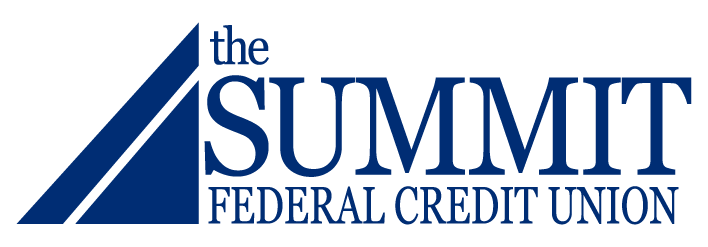Categories: Budgeting
Starting at age 18, young adults can get their first credit card to start building their credit and working toward financial independence. Before they start using their new card, it is important to make sure they understand the key elements of using and paying with a credit card. Here are six important things your teen needs to know about their first credit card:
Research & compare terms
To help your older kid choose the right card for them, first compare terms across the card options you’re considering. All cards will have a stated APR or Annual Percentage Rate that includes the interest rate and any fees associated with the card. Some credit cards have annual fees or required deposits to open the card, while others have no annual fees. There also may be foreign transaction fees to consider if your teen plans on traveling abroad.
Consider credit limits
The credit limit on a card is the highest amount that can be charged until paid off. Credit limits on student or starter cards are typically a bit lower than a standard card because most teens do not yet have a credit rating to support higher spending limits. This is also helpful to limit the amount that can be put on the card to encourage that it can be paid off each month. Limits can often increase over time with responsible, on-time bill payments.
Check billing statements & make payments
The billing cycle or statement period on a credit card is usually one month. Your teen will receive a statement showing the purchases from the month, the total balance, the amount due to be paid, and the payment date. If your new card holder decides only to pay the minimum payment due, and not the full balance on the card, there will be interest charged on the balance and this will show in the next billing cycle.
Be aware of credit card rewards
Many cards are connected to cash back rewards, travel points or other perks that can help your teen earn money or other benefits on top of what they’re spending. Consider whether rewards are a valuable option, and compare cards to see what best fits your teen’s or family’s lifestyle and financial needs.
Get credit reports
Once your teen begins making payments on their first credit card, a credit report will begin to be generated. Paying off the card’s balance in full each month is a great way to start building a strong credit rating. Keep in mind, it can take months to start building good credit. There are several free resources to check your child’s credit rating; experts recommend reviewing your credit about once a year to know your score and check for errors or discrepancies that can be disputed with your financial institution or credit card company.
Build financial strength for the future
Using and paying off a credit card is a great way to begin building good financial habits for the future. Using a credit card can teach new card holders how to track their spending, manage their available funds, make payments, and build a good credit rating that will support them in future financial decisions.
Check The Summit Federal Credit Union’s no-credit credit card option, or make an appointment with a Relationship Specialist at our Virtual Branch to learn more.
